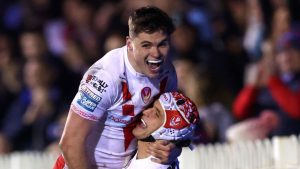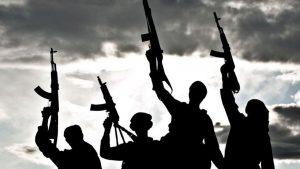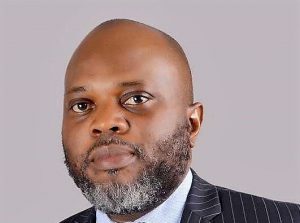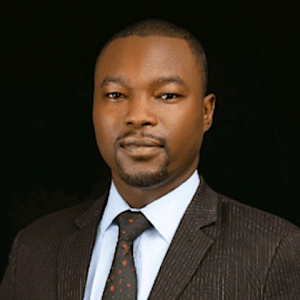5 questions for remainder of Vikings’ 2020 season and beyond

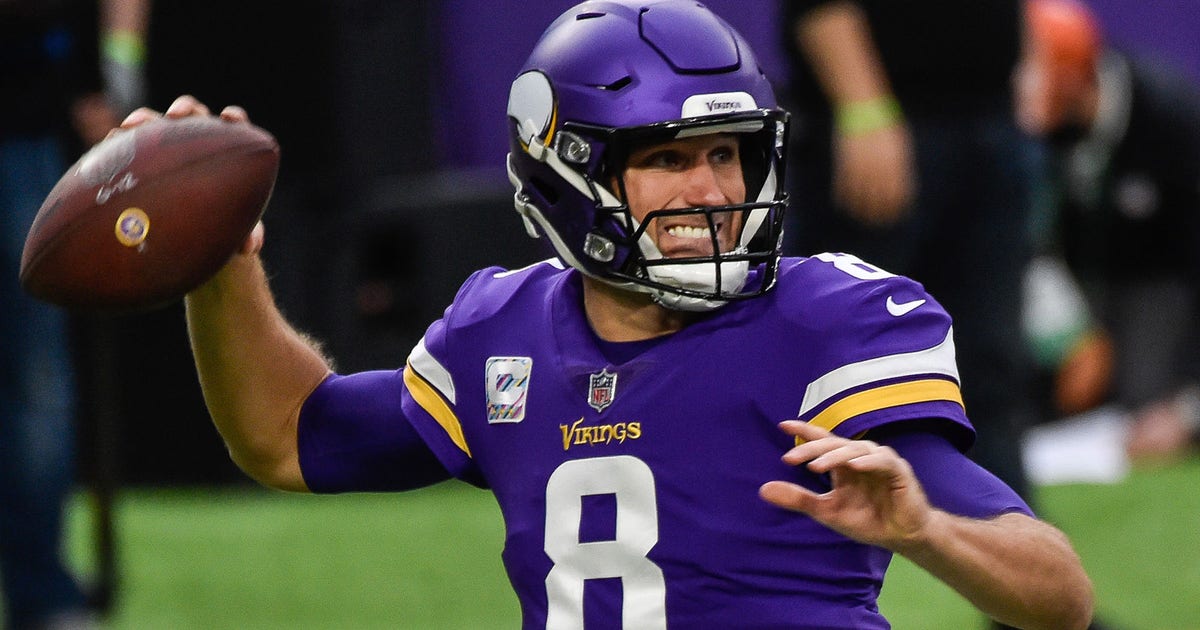
The 2020 season hasn’t been kind to the Minnesota Vikings.
As they return from a bye and prepare for a second clash against rival Green Bay, the Vikings are buried in the cellar of the NFC North with a 1-5 record and are all but eliminated from a crowded NFC playoff race, even with the expanded postseason. After all, just two NFL teams have made the playoffs after starting a season 1-5 since the NFL switched to a 16-game schedule in 1978 — Kansas City (2015; finished 11-5) and Indianapolis (2018; finished 10-6).
General manager Rick Spielman hasn’t exactly waved his white flag on the season, but he did trade defensive end Yannick Ngakoue to Baltimore last week after star pass-rusher Danielle Hunter announced he would miss the rest of the year.
With 10 games left on the schedule, there are many questions — both for the short-term and the long-term — to consider. Let’s get to it.
Ok, so can the Vikings really “Tank for Trevor?”
Many Vikings fans would prefer to lose as many games as possible to try to get the No. 1 overall pick and draft Clemson quarterback Trevor Lawrence, who’s been the consensus 2021 top selection for the last couple of years. But it’s not that easy. Six NFL teams are entering Week 8 with one win — Atlanta (1-6), Cincinnati (1-5-1), Houston (1-6), Jacksonville (1-6), Minnesota (1-5) and the New York Giants (1-6) — and then there are the winless New York Jets (0-7). The Vikings’ roster is too talented to out-tank those teams. Although it might be the best long-term option for the Vikings franchise, there’s little to no benefit in tanking for the career trajectories of head coach Mike Zimmer or quarterback Kirk Cousins, as a losing season would put both of their jobs on the hot seat despite receiving contract extensions in the offseason. For what it’s worth, NFL Tankathon currently projects the Vikings to land the No. 6 overall pick and select North Dakota State quarterback Trey Lance.
More Vikings coverage
What do the Vikings do with quarterback Kirk Cousins?
Quick answer: Nothing. Since tying the knot in 2018, Minnesota and Cousins had their marital problems early. However, a fun weekend getaway to New Orleans last January seemed to save their relationship, and they committed even stronger to one another with an additional two-year promise leading up to this season. But now that the honeymoon is over and reality has set back in, the Vikings are stuck in a struggling marriage. Cousins is signed through the 2022 season. According to Spotrac, he’ll be a $31 million cap hit next year and a $45 million cap hit in 2022. If the Vikings cut him next season, it would result in $41 million in dead cap space. That’s a no-go. And no other team would take Cousins in a trade due to the contract, unless the Vikings give away series draft capital, which they can’t afford to do. So, to answer the question again — nothing. The most likely scenario is Cousins gets paid to be the Vikings quarterback for the next couple of years and Minnesota drafts a young quarterback to learn from him. It’s not the sexy answer, but it’s the only answer that makes sense for both the short- and long-term.
If the Vikings sell at the trade deadline, who’s packing their bags?
The Nov. 3 NFL trade deadline is quickly approaching. Spielman already made one move to build for the future, sending Ngakoue away to Baltimore for draft picks. Will there be more moves? Many teams would be interested in safety Anthony Harris, who was tied for the league lead with seven interceptions last season. Harris would be an inexpensive asset for teams to target at the deadline since he’ll be a free agent after the season concludes. Left tackle Riley Reiff, who has two years left on his deal, could provide a team with help on the exterior of the offensive line. A couple of more options with a bit more shock-value would be safety Harrison Smith and tight end Kyle Rudolph. Smith is signed through the 2022 season and is still one of the most consistent players at his position. Rudolph, inked through 2024, has shown he still has the potential to be a game-changing red-zone threat when called upon. The only problem is his number hasn’t been called much this season at all. Rudolph is averaging 2.3 targets per game and has just two total red-zone targets through six contests. He might want out anyway. No team will trade midseason for Hunter, since he’s out for the year. But the offseason? Now that’s a different story …
What is plaguing the defense?
Minnesota’s secondary is young, and even worse, hampered with injuries. Of all the players who’ve lined up at cornerback this season, third-year defensive back Mike Hughes is the most experienced. Unfortunately, a neck injury forced him to miss two games and is the reason why he exited the 40-23 loss to Atlanta in Week 6 early. Jeff Gladney, the 31st overall pick in the 2020 draft, has played more snaps than any Vikings player at corner but looks more like a project than a prodigy. As a unit, the Vikings have allowed the third-most yards per pass attempt (8.5) and fourth-most passing yards per game (286.7). Only Atlanta, Houston and New Orleans have surrendered a higher passer rating to quarterbacks than the Vikings (110.4). And opponents have converted on 9 of 11 attempts on fourth down, meaning nothing is working when it comes to Minnesota making a key stop. Former Vikings cornerbacks like Mackensie Alexander, Xavier Rhodes and Trae Waynes took several years to develop into playmakers in Zimmer’s defense. Unfortunately, these rookies have no time to develop and are instead exposed. It’s too bad you can’t find lockdown cornerbacks at the 7-Eleven in Bloomington.
What positives can we watch for the rest of the way?
It turned out to be a rather negative collection of midseason questions, but it’s not all bad. Justin Jefferson, the 22nd overall pick and the fifth wide receiver off the board in 2020, is looking like the best wideout of his draft class. Jefferson has collected more receiving yards (537) through six games than any Vikings rookie. He’s on pace for 1,432 receiving yards, which would shatter Anquan Boldin’s NFL rookie record of 1,377 yards in 2003. Jefferson is one of four receivers in NFL history to rack up three games of 100+ yards in his first six career contests, joining Amari Cooper, Julio Jones and Byron Williams. See? Those are enough lists to keep your purple-tinted glasses on in case Minnesota continues to lose.




